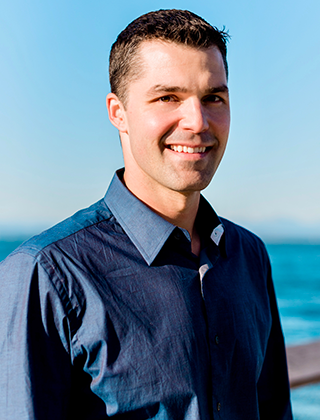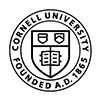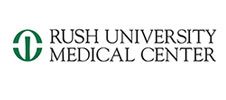Superior Capsular Reconstruction
Dr. Garcia demonstrates his advanced technique for “over the top” rotator cuff repair
The shoulder joint is stabilized by the joint capsule and rotator cuff. Tears to the rotator cuff can cause severe pain and impairment. When defects in the underlying upper joint capsule add to the instability caused by rotator cuff tears, it cannot be repaired with conventional treatments. Superior capsular reconstruction is a surgical procedure performed to restore shoulder stability in irreparable rotator cuff tears.
Disease Overview
The shoulder is made up of the humerus (upper arm bone), scapula (shoulder blade) and the clavicle (collarbone). The articulation between these bones to move the shoulder in all possible directions is supported by a group of four muscles called the rotator cuff, which surround the shoulder joint.
A fall on an outstretched arm, repetitive stress, abnormal bone growth or a sudden jerk while lifting a heavy object can cause the rotator cuff to tear. A rotator cuff tear can be treated with non-surgical or surgical repair. However, irreparable rotator cuff tears are massive tears that cannot be easily repaired. They may be asymptomatic or present with severe pain and disability.
Superior Capsular Reconstruction
Indications
Superior capsule reconstruction is indicated for massive rotator cuff tears that cannot be repaired. Such tears are characterized by the size and extent of retraction of the tears. Superior capsule reconstruction is suggested when
- Initial attempt at repairing the tears by immobilization and soft-tissue release fails
- Arthritis of the glenohumeral joint (chondromalacia)
- Presence of sufficient amount of healthy bone to allow fixation of anchors
- Minimal migration of the humerus
- Intact teres minor and subcapsularis muscles of the rotator cuff
Check out our new technique involving both a biceps transfer and superior capsular reconstruction. This provides even more biomechanical strength to improve outcomes in massive irreparable rotator cuff tears.
Surgical procedure
There has been documented success of using cadaver tissue to patch torn rotator cuff tendons. Historically, we have used patches to augment or reinforce thin tissue, but now patches are even being used as to substitute for completely absent tissue. Patch graft surgery for irreparable rotator cuff tears can help to re-stabilize the shoulder joint, eliminating pain and restoring strength and function. The lack of superior stability that occurs with a rotator cuff tear can effectively narrow the space for passage of the rotator cuff tendons underneath the acromion, resulting in the unwanted effect of direct mechanical abrasion of the tendon, making the tears worse. ASCR helps to hold the humeral head (ball) back into the glenoid (socket) so that not only can the shoulder work properly again but unwanted impingment on the acromion can be diminished. Results from recent studies on ASCR are promising for patients suffering from chronic, massive tears. By attaching the graft medially to the superior glenoid and laterally to the greater tuberosity, superior stability of the humeral head can be restored. Biomechanical laboratory studies and clinical studies have shown that Arthroscopic Superior Capsular Reconstruction restores stability to the shoulder joint that results in less pain and better function for patients. A recent study study also reports no progression of osteoarthritis or rotator cuff muscle atrophy.
Dr. Garcia demonstrates his Superior Capsular Reconstruction technique
Post-Operative Care
Superior capsule reconstruction is usually performed as an outpatient procedure. Your doctor will prescribe medication to reduce post-surgical pain and inflammation. You will be encouraged to gradually move your affected arm.
For the first few weeks after the surgery, you will be instructed to avoid:
- Lifting heavy objects
- Driving
- Excessive working on the computer
Rehabilitation will be initiated in phases to include certain exercises that will help heal the shoulder, lower muscle stiffness and spasms, strengthen, improve range of motion, and return to work and sports activities.
Rotator Cuff Tears And Surgical Options
Advantages & Disadvantages
The advantages of superior capsule reconstruction are:
- Shoulder stability is restored by structurally replacing the superior capsule of the shoulder.
- Improved shoulder flexibility
- Improved muscle strength
- No progression of arthritis
- No tears in graft
- Improvement in night pain
- Minimal complications
Risks and complications
As with any surgery, Superior capsule reconstruction is associated with some complications, which may include:
- Infection
- Re-tear
- Severe stiffness
- Severe synovitis (inflammation)




















